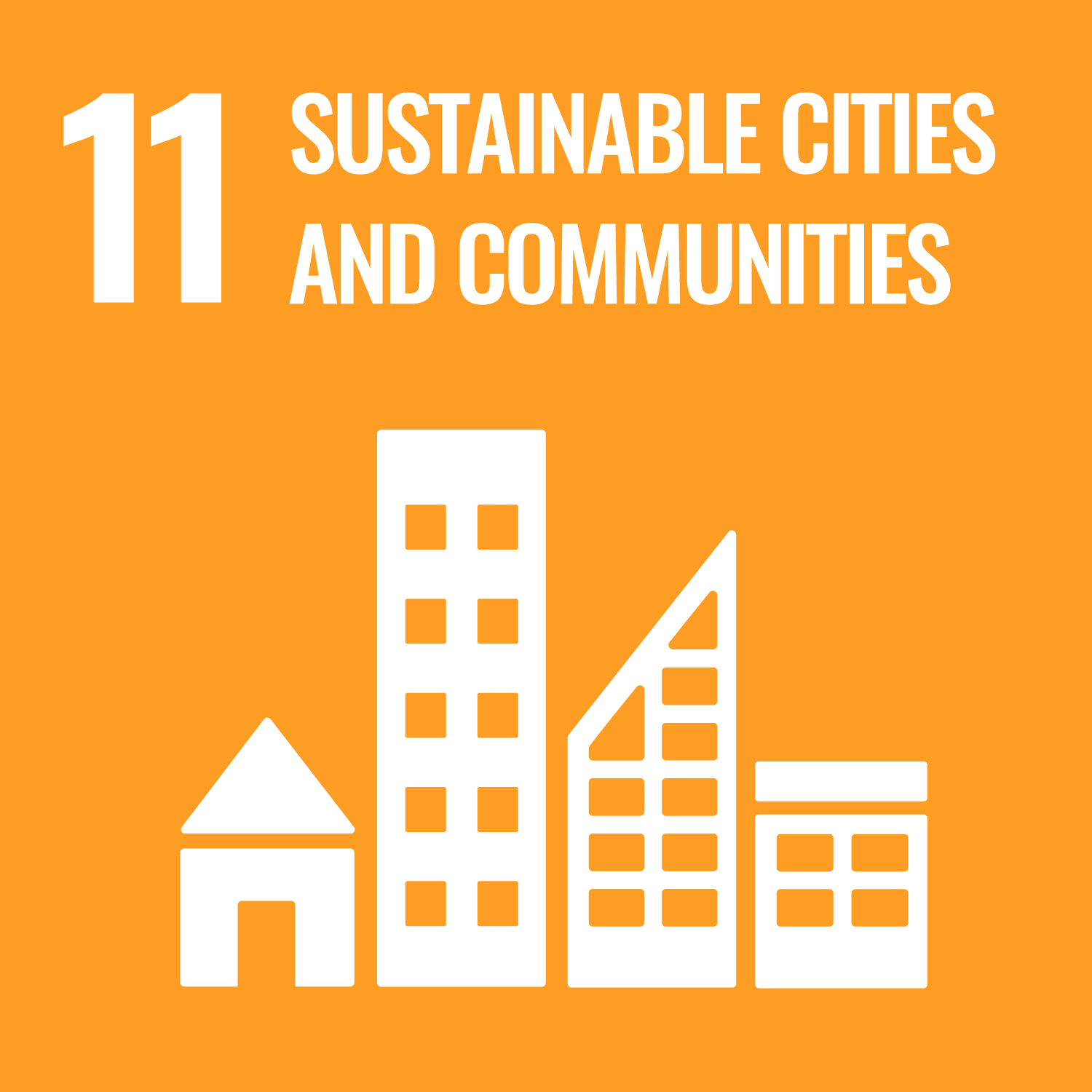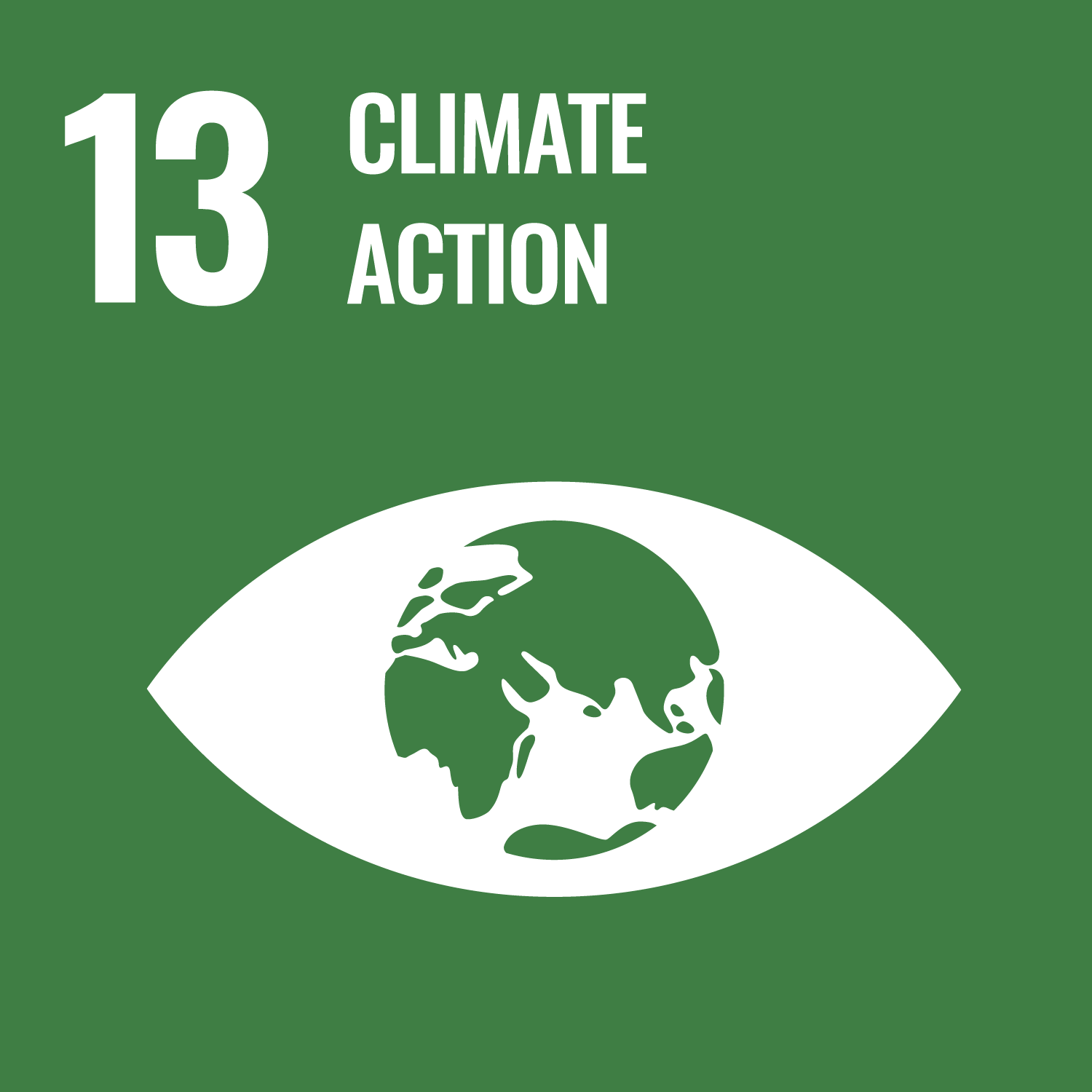Cities Fit for Climate Change
Objective
- To improve municipal access to funding instruments for climate change-related work
- To better integrate climate change into local planning mechanisms
Description
Our cities are both contributing to and affected by climate change: they consume 70 per cent of the world’s energy and heat up the earth’s atmosphere by producing over 75 per cent of global CO2 emissions. At the same time many urban agglomerations already suffer from the nega¬tive impacts of climate change: in low-lying coastal areas they are threatened by rising sea levels and storm surges; in drier climate zones they must contend with droughts and water shortages; and cities everywhere have to deal with heat islands in the densely built-up urban landscape. Accelerated urbanisation exacerbates these problems. By 2050, 6.5 billion people, or two thirds of the world’s population, are expected to live in sprawling metropolises. Therefore, new forward-thinking strategies for mitigating and adapting to the effects of climate change need to be integrated into conventional concepts of urban develop¬ment in order to safeguard urban ways of life.
Field of intervention
In order to work effectively together with our partners on climate-friendly urban development, this global programme is divided into different components:
- Component I: Analysing pioneering approaches to climate change …
In this module, best practice examples from around the world are to be collected and assessed. Descriptions of these projects will be compiled in a handbook, which focuses on instruments used and guidelines produced. The handbook will also incorporate retrospectives on the partner cities’ projects.
… and addressing the issue of funding
The question of funding is particularly important for newly emerging and developing countries. The large amounts of financing needed for modernising and building infrastructure cannot sufficiently be provided through domestic revenues or development assistance. Appropriate legal frameworks and financial manage¬ment capacities required to access international donor funds and private capital markets are often missing. The project can assist our partner cities in figuring out what financing options are available to them and how to gain access to them. - Component II: Developing climate-proof city models in our partner countries
The second work package deals individually with each of the selected cities in our partner countries. The local situation is investigated, and available instruments, urban development policies and existing climate change mitigation and adaptation plans are examined. It is also possible to undertake vulnerability analyses, climate modelling or other case-specific studies.
The cities will be given comprehensive advice on climate-appropriate urban strategies and will be sup¬ported in developing their own climate-proof urban development model. National and regional frameworks and conditions will be taken into account in order to develop country-appropriate solutions at the local level. Financing options for the realisation of measures will be identified according to local requirements. - Component III: Contributing to the international discourse on urban transformation
The third module focuses on supporting the German Federal Ministry for the Environment, Nature Con¬servation, Building and Nuclear Safety (BMUB), on disseminating the knowledge gained in work packages I and II, and thereby influencing relevant international discourses. For example the project was involved in the international process leading to the formulation of the ‘New Urban Agenda’. It now supports its imple¬mentation as well as the implementation of the United Nations 2030 Agenda for Sustainable Development and the Paris Agreement within the United Nations Frame¬work Convention on Climate Change (UNFCCC).
Targeted beneficiaries
- Our Partners in Chile, India and South Africa
The partner cities, Santiago in Chile, Chennai in India and Durban in South Africa, were selected in agreement with the relevant national ministries and authorities: the decisive factors were the commitment of the mayors and city councils, and the cities’ level of climate change vulnerability. The cities determine their project priorities, which might be, for example, the climate-proofing of instruments, strategies and regulations, or the implementation of participatory city development strategies, or the development of financing options for realising available climate protection and adaptation concepts.
Publications/Knowledge Products
COUNTRY
Global
DURATION
01 November 2015 - 30 June 2019





